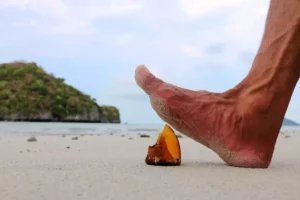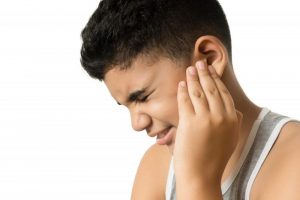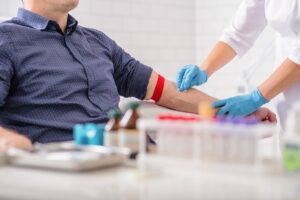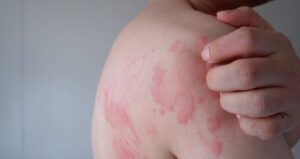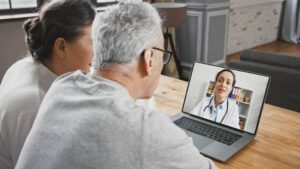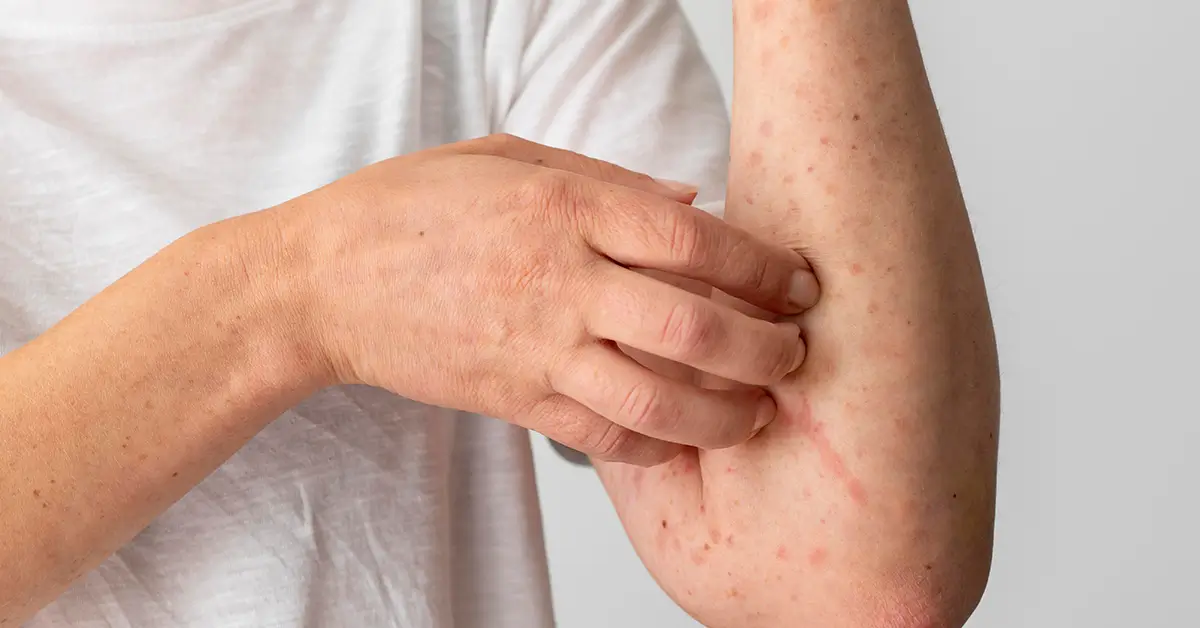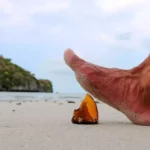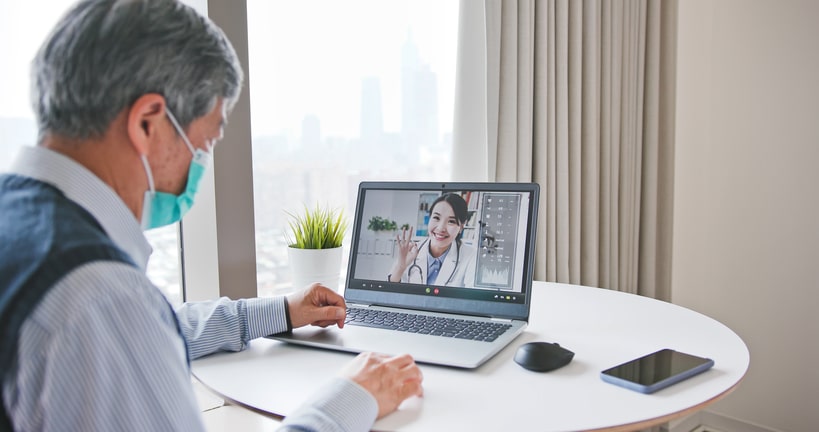In the ever-evolving landscape of infectious diseases, the resurgence of monkey pox looms as a potential threat, demanding our attention and preparedness. As we navigate the complexities of global health, understanding monkey pox, its history, symptoms, transmission, and strategies to mitigate its impact becomes crucial.
Monkey pox, a viral infection with a history intertwined with smallpox, has reemerged as a health concern. This zoonotic disease holds both similarities and differences to its notorious relative, smallpox. Delving into the foundations of monkey pox is key to comprehending the potential risk it poses.
Historical Context
The origins of monkey pox date back to remote regions of Central and West Africa. Its initial impact was relatively localized. However, history records past outbreaks that underscore the potential for the virus to spread beyond its initial confines, warranting our attention and preparedness.
Clinical Presentation
Monkey pox manifests through a range of symptoms, including fever, rashes, sore throat, and distinct skin lesions. The severity of the presentation varies, sometimes mimicking other viral illnesses. Understanding the clinical spectrum is essential for accurate diagnosis and prompt response.
Transmission Routes
From Animals to Humans: Monkey pox’s zoonotic nature means that it can jump from animals to humans. Direct and indirect contact with infected animals or humans plays a role in transmission. This intricate web of transmission routes emphasizes the need for targeted preventive strategies.
The Resurgence
Recent years have witnessed notable monkey pox outbreaks, shedding light on the virus’s potential resurgence. These outbreaks have raised concerns about spillover into new regions, emphasizing the necessity for international collaboration and coordinated response.
Preparedness and Prevention Strategies
Preparing for potential monkey pox outbreaks involves multifaceted strategies. Strengthening surveillance systems, early detection measures, and effective quarantine protocols are crucial steps. Vaccination also emerges as a tool to curb its potential spread.
International Collaboration
Navigating Global Health Challenges: In the realm of emerging infectious diseases, international collaboration is imperative. Organizations like the World Health Organization (WHO) play a vital role in coordinating responses and disseminating crucial information. Collaboration fosters a collective response to global health threats.
Public Health Response
Lessons From the Past: Learning from past epidemics equips us to navigate the challenges of monkey pox. Effective communication, community engagement, and transparency emerge as pivotal components of a comprehensive public health response.
The Role of Research and Innovation
Research and innovation are at the forefront of our defense against monkey pox. Advancements in diagnostics enable rapid and accurate identification, while research into antiviral treatments offers hope for effective interventions.
Community Engagement
Engaging communities in understanding monkey pox is paramount. Dispelling myths and misinformation and promoting proactive health measures empower individuals to protect themselves and their communities.
In a world shaped by interconnected health challenges, monkey pox serves as a reminder of our shared vulnerability. Proactive collaboration, surveillance, research, and education are our tools to navigate potential public health crises. By fostering a unified global front, we can effectively mitigate the impact of monkey pox and other emerging infectious diseases, safeguarding public health worldwide.



